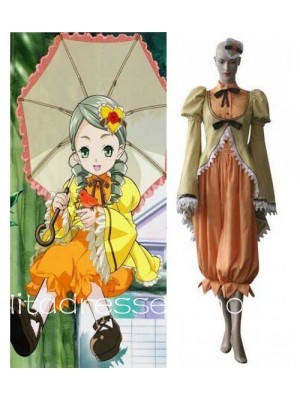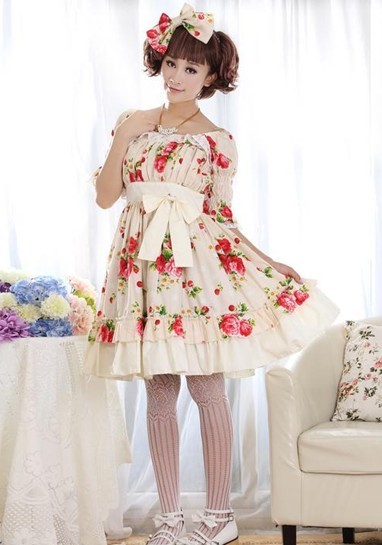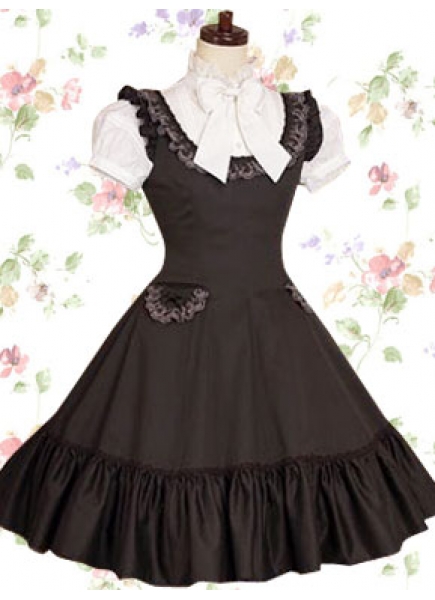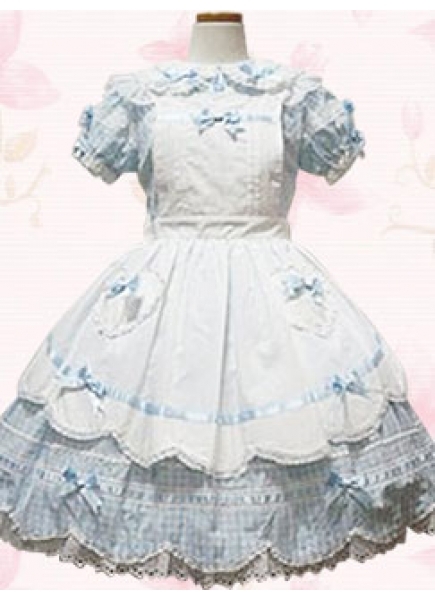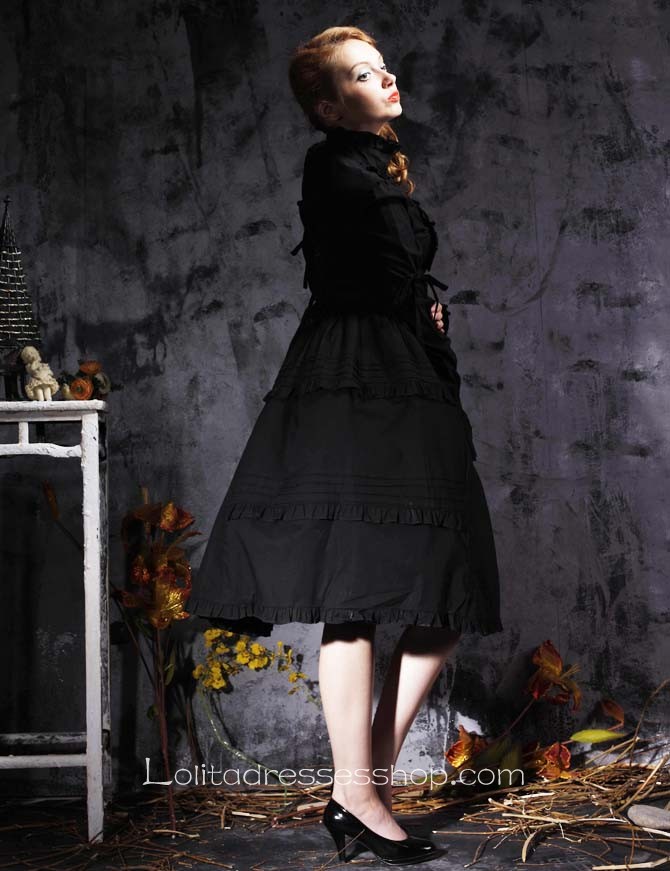The word “Lolita” originated from the novel of Lolita, written by Vladimir Nabokov, a Russian born American writer. Then this novel was adapted to a film which told the immoral love between a 12 year girl and middle age professor. Over several decades, the aristocratic clothes became popular in Japan. Then, the Japanese defined it as a represent of innocent and cute girl and “loli” for short.
The style of Lolita clothing mainly came from the Victoria period and lace flowers, ribbon, bow and tunic were widely accepted by the population which stood for elegance and nobility.
From the above, we can easily see that the word “Lolita” is misunderstood since it transferred into the Asian.
As it was popular in Japan in the beginning in Japan, and was used in many Japanese animation, the definition of “Lolita” changed into lovely and sweet girl while it first stood for little girl with exceeded maturity. What’s worse, since Japan is a county skilled at making adults films, the appearance of “Lolita” is mostly used in this kind of animation or film. Thus, it was bestowed with totally different even unhealthy meaning. This misunderstanding disseminate across Asian with the widely spread of Japanese culture, especially the animation.
So nowadays, under the strong influence of Japan, when it comes to this word, many people in the world will think about sexy girl with cute and innocent appearance.
Lolita has formed into a strong industry which attracts both male and female customers all over the world. The costumes owe many styles in accord with different cultural understanding, such as baby lolita, black baby lolita, idyllic lolita, classic lolita as well as gothic lolita.
However, the original literary meaning has lost its position and was replaced by more merchant operation as a cultural industry. Many people have followed with this trend.
